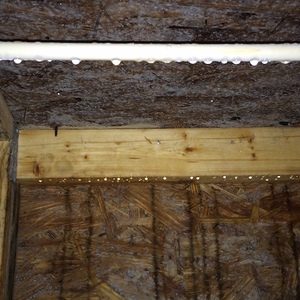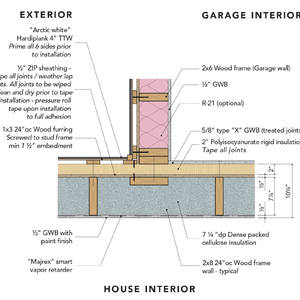
I was a mediocre student. There were almost always things more interesting than whatever it was school was trying to teach at the time. Hunting and fishing and model airplanes and crafts from The Foxfire Books figured much larger in my free time than did any kind of homework. In high school, I figured out exactly what GPA was needed to keep my mother off my back and then took pains not to exceed that.
Which isn’t to say I didn’t learn. If it interested me, I learned, although I never played the academic games schools expect of students. For example, chemistry fascinated me, but I couldn’t be bothered with the fine details. After getting Cs and Ds throughout the year, I aced the final. On my terms, that was a great class.
The teacher, Mr. McHale, was a round little man whom we called “Buggy” behind his back. The nickname was a term of endearment. He was one of the most respected teachers in the school and good enough at his job that I remember specifics from his class more than 40 years later. His teaching methods could be rather physical. In explaining the electromagnetic spectrum, Buggy demonstrated electron energy levels by climbing onto a chair and saying, “I’m an electron. At this distance from the nucleus, I have this much energy.”
Then he’d jump off the chair and land with a thud. And then he’d climb onto his desk, and say, “Now that I’m further from the nucleus, I have even more energy,” followed by another jump and a larger thud.
To explain molecular motion and gas pressure, Buggy literally ran into the occupied desks at the front of the room, pushing them and their occupants into other desks while saying loudly,…
Weekly Newsletter
Get building science and energy efficiency advice, plus special offers, in your inbox.

This article is only available to GBA Prime Members
Sign up for a free trial and get instant access to this article as well as GBA’s complete library of premium articles and construction details.
Start Free TrialAlready a member? Log in















5 Comments
Great science article! Buggy has taught you how to teach, and his spirit lives on in your teaching here.
Just a slight quibble. Oxygen has the slight negative charge, the 2 hydrogen have slight positive charge.
Details, details... You're right of course.
great stuff. I agree with David A. about the charges.
In keeping with the theme of teaching, I found this lesson plan (below) to be one of the better reads—for its length— on the subject of why warm air 'holds' more moisture: http://lsop.wolpe2.natsci.colostate.edu/wp-content/uploads/sites/20/2014/10/WhyDoesWarmAirHoldMoreWater.pdf
Spoiler: it's statistical! Also a lovely explanation on the mechanism of evaporative cooling.
Log in or become a member to post a comment.
Sign up Log in